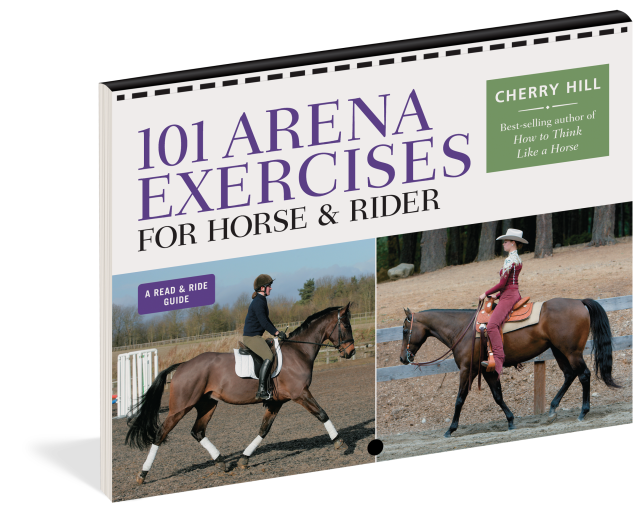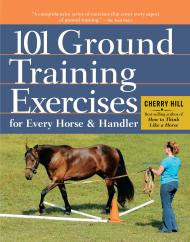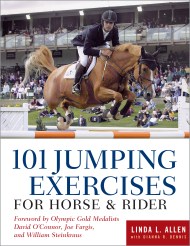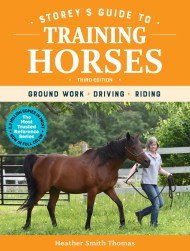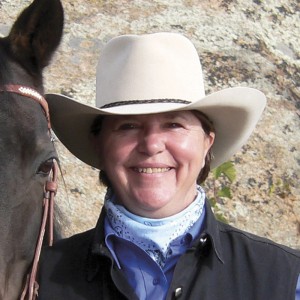Promotion
Use code BEST25 for 25% off storewide. Make sure to order by 11:59am, 12/12 for holiday delivery!
By clicking “Accept,” you agree to the use of cookies and similar technologies on your device as set forth in our Cookie Policy and our Privacy Policy. Please note that certain cookies are essential for this website to function properly and do not require user consent to be deployed.
101 Arena Exercises for Horse & Rider
Contributors
By Cherry Hill
Foreword by Carla Wennberg
Formats and Prices
- On Sale
- Jan 9, 1995
- Page Count
- 224 pages
- Publisher
- Storey
- ISBN-13
- 9780882663166
Price
$29.95Price
$37.95 CADFormat
Format:
Trade Paperback $29.95 $37.95 CADThis item is a preorder. Your payment method will be charged immediately, and the product is expected to ship on or around January 9, 1995. This date is subject to change due to shipping delays beyond our control.
Buy from Other Retailers:
Take your riding to a new level! Bringing together recognized classic exercises for both English and Western riders plus her own original patterns and maneuvers, Cherry Hill provides an array of drills that will improve your riding technique. Whether you are a rider interested in expanding your repertoire or an instructor looking for new drills, these exercises will add excitement and variety to your training.
Series:
-
"101 Arena Exercises is an invaluable workbook for trainers, instructors and coaches interested in exploring new teaching methods." - The Collection
"…she has choreographed more tasks than you could possibly master if you spent the rest of your summer working through her book." - Horses USA
Newsletter Signup
By clicking ‘Sign Up,’ I acknowledge that I have read and agree to Hachette Book Group’s Privacy Policy and Terms of Use

